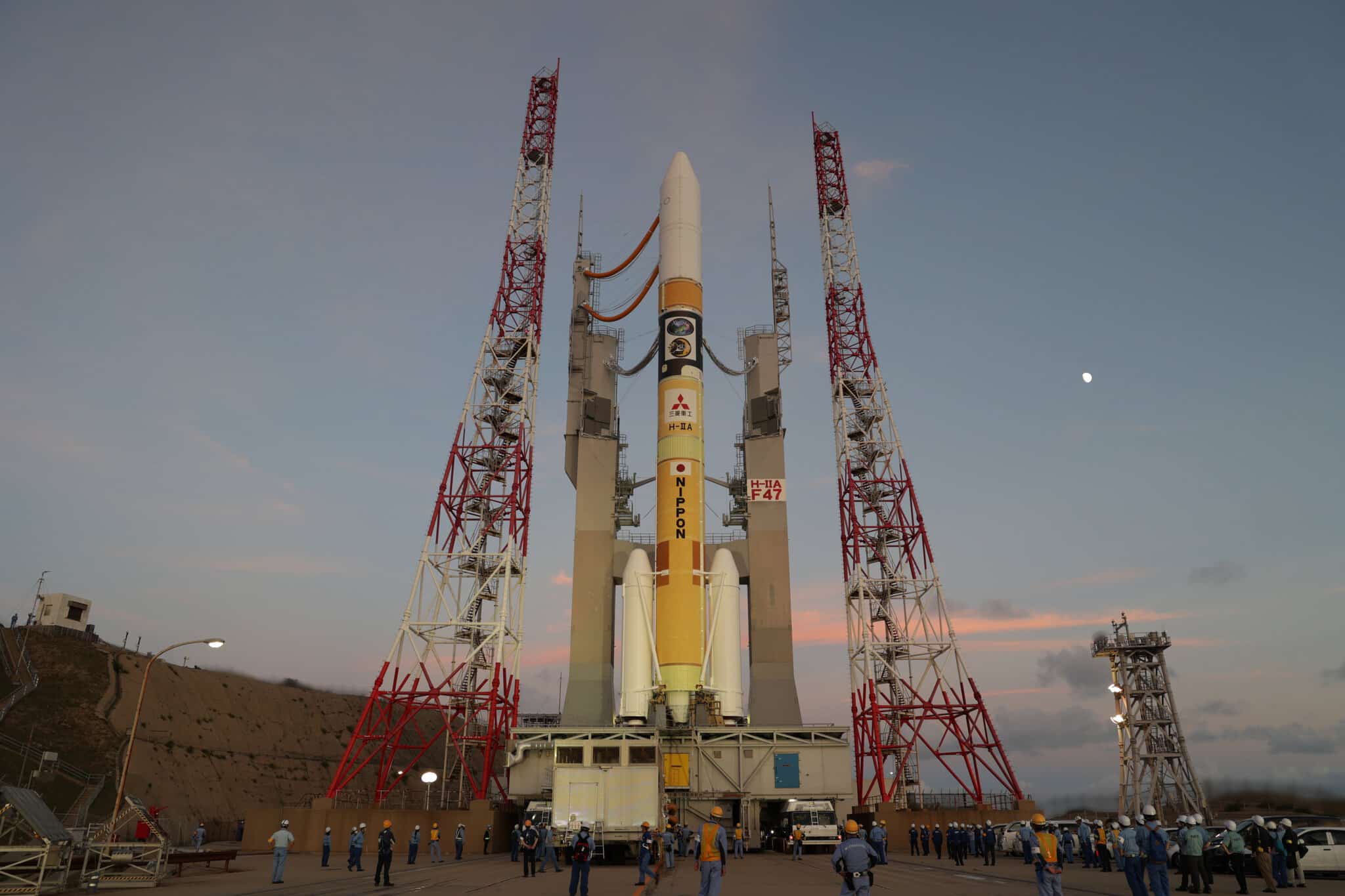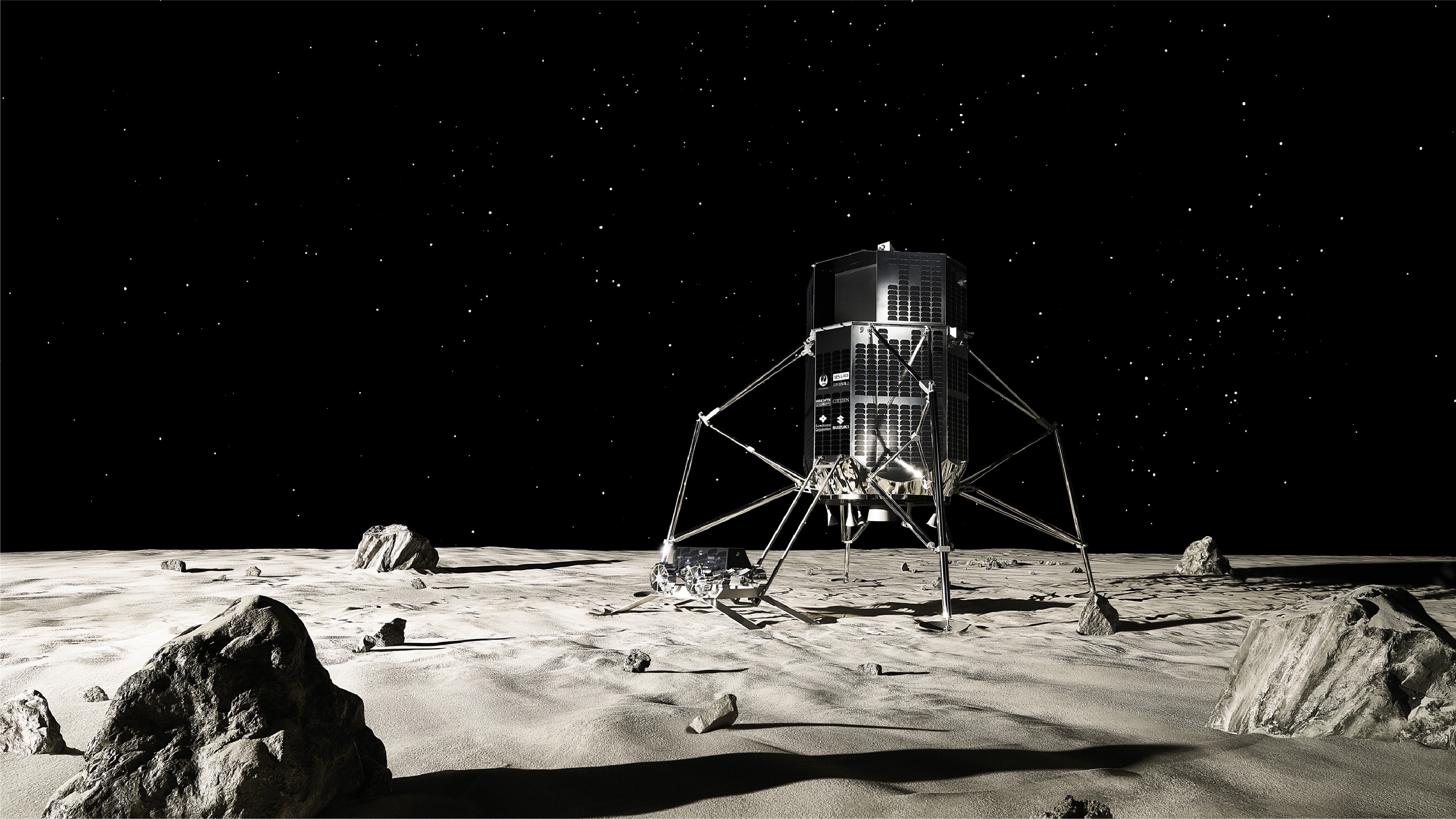According to officials, TOKYO— Japan became the fifth country in history to visit the moon when its spacecraft landed on the lunar surface early Saturday. However, a power supply issue could jeopardise the mission.
Officials also said they needed more time to determine whether the spacecraft, which was not carrying people, achieved a precise landing – one of the mission’s aims.
Hitoshi Kuninaka, director of the Institute of Space and Astronautical Science, believes that rovers were launched, and data was transmitted back to Earth from the Smart Lander for Investigating Moon or SLIM.
However, he stated that SLIM’s solar battery was not producing electricity and that the spacecraft’s battery life would only be a few more hours. He stated that the aim now was for the craft to collect as much moon data as possible on the remaining battery.
Japan joined the United States, the Soviet Union, China, and India in visiting the moon.
Japan Became The Fifth Country To Reach The Moon After Its Spacecraft Landed On The Lunar Surface
Kuninaka argues that Japan’s space programme has achieved “minimum” success.
SLIM arrived on the moon around 12:20 a.m. Tokyo time on Saturday (1520 GMT on Friday).
There was a nervous wait for word when the Japan Space Agency’s mission control initially stated that SLIM was on the lunar surface but was still “checking its status.” This information was provided nearly two hours later during a news conference.
Space officials must confirm that SLIM achieved a precise touchdown to be regarded as successful. While additional time is needed, Kuninaka believes it was most likely achieved based on his observations of the spacecraft’s movement till landing.
SLIM, which was attempting to hit a very small target, is a small spacecraft around the size of a passenger vehicle. It used “pinpoint landing” technology, which offers significantly more control than previous lunar landings.
Most prior probes employed landing zones around 10 kilometres (six miles) wide, but SLIM aimed at a target of only 100 metres (330 feet).
Japan Aerospace Exploration Agency, or JAXA, worked on precision technologies for two decades before launching the project.
Japan Became The Fifth Country To Reach The Moon After Its Spacecraft Landed On The Lunar Surface
As the spacecraft descended, JAXA’s mission control reported that everything was going as anticipated and that SLIM was on the lunar surface. However, there needed to be a mention of whether the landing was successful. Mission control repeatedly stated that it was “checking its status” and that more information would be released during the news conference.
SLIM, also known as “the Moon Sniper,” began its drop at midnight on Saturday and was down to around 10 kilometres (six miles) over the lunar surface within 15 minutes, according to the space agency, JAXA.
The lander was in vertical fall mode at five kilometres (three miles) height, and SLIM was meant to conduct a parallel movement to identify a safe landing location about 50 metres (165 feet) above the surface, according to JAXA.
The mission’s primary purpose is to test new landing technology that will enable moon expeditions to land “where we want to, rather than where it is easy to land,” according to JAXA. Using a unique camera, the spacecraft is meant to look for clues concerning the moon’s formation, including mineral analysis.
The SLIM, which was equipped with a pad to cushion the impact, was attempting to land near the Shioli crater, which is surrounded by volcanic rock.
The carefully watched mission came just ten days after a private American company’s moon mission failed when the spacecraft experienced a fuel leak hours after launch.
SLIM was launched on a Mitsubishi Heavy H2A rocket in September. It initially orbited Earth before entering the lunar circle on December 25.
Following several setbacks, Japan aims to reestablish faith in its space technology. A Japanese-designed spacecraft crashed during a lunar landing attempt in April, while a new flagship rocket failed to launch in March.
JAXA has a track record of challenging landings. Its Hayabusa2 spacecraft, launched in 2014, landed twice on the 900-meter-long (3,000-foot-long) asteroid Ryugu to collect samples, which were returned to Earth.
Japan Became The Fifth Country To Reach The Moon After Its Spacecraft Landed On The Lunar Surface
Experts argue that a successful SLIM pinpoint landing, particularly on the moon, would boost Japan’s prominence in the global space technology race.
Takeshi Tsuchiya, an aeronautics professor at the University of Tokyo’s Graduate School of Engineering, stated that confirming the accuracy of landing on a specific spot is critical for future moon exploration.
“It is necessary to show the world that Japan has the appropriate technology to be able to properly assert Japan’s position in lunar development,” he said. He stated that the moon is significant for resource exploitation and may be utilised as a base to travel to planets like Mars.
SLIM is carrying two small autonomous probes, the lunar excursion vehicles LEV-1 and LEV-2, which will be launched shortly before landing.
LEV-1, outfitted with an antenna and a camera, is charged with filming SLIM’s landing. In collaboration with Sony, Tymaker Tomy, and Doshisha University, JAXA created LEV-2, a ball-shaped rover with two cameras.
JAXA will live stream the landing, and space enthusiasts will gather at the agency’s Sagamihara facility southwest of Tokyo to watch the momentous event on a large screen.
SOURCE – (AP)











